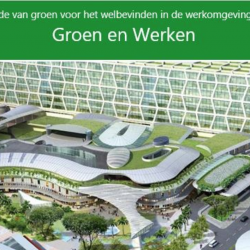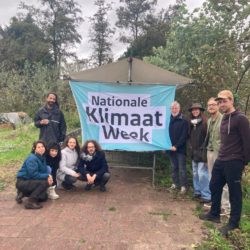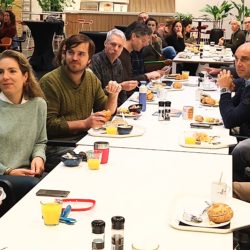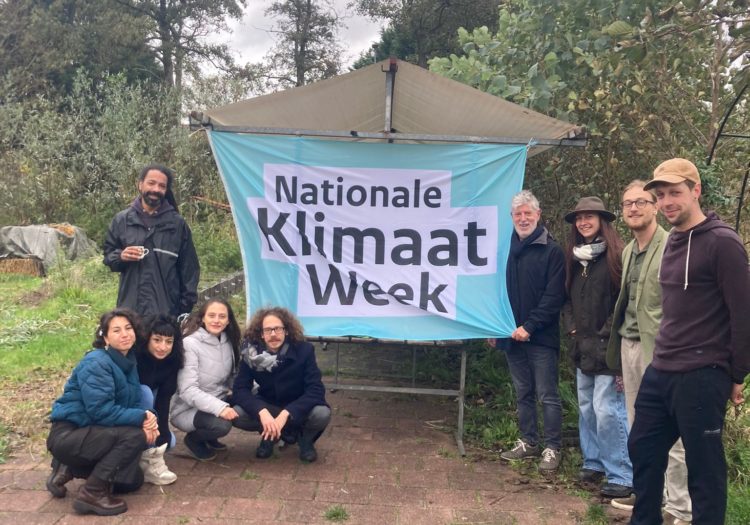Written by Shweta Srivastav, associate partner ClimateMatters
Human action has supposedly been based on reason and knowledge for a long time and still is. Yet, we have witnessed the most illogical and unreasonable actions towards the environment and the planet. So much so that it has led us to the brink of extinction by damaging the life-affirming ecosystem of the planet.
Waking up to this crisis, the idea of sustainability has taken root and has been pursued in many avatars, it is the panacea of all of humanity’s problems, a strategy, a concept, a state of a system, a theory, a paradigm shift, a way of thinking, a way of doing business, a movement, a discipline, a challenge, it is the problem and the solution and as it turns out, also the next revolution. Sustainability as a way of life is also one of these many avatars.
In this blog, I explore why the what and the how of Sustainability as a way of life.
What is a way of life?
When Louis Wirth wrote his seminal essay on Urbanism as a way of life in 1938, he described it through three perspectives – As a physical structure, a system of social organization and a set of attitudes and ideas. The three perspectives offer what in systems thinking is a multilevel approach to understanding a concept/context through multiple lenses.
And this helps illustrate one of the key points I want to make when talking of Sustainability as a way of life. Often, when talking about a way of life, we confuse it with individual choices of how we choose to live, work, buy, travel and so on. However, a way of life needs to be understood through multiple levels. A way of life is informed by the social environment that one inhabits and the interactions and relationships it affords; it is as much about the social structures and collective visions as individual attitudes and behaviors.
As Louis Wirth elaborates, urbanism emerged as a way of life because of the conditions created by the physical structure and scale of cities, the high density of population, the changes in the nature of work and relationships.
Harmony and Abundance: towards Sustainability as a way of life.
A Sustainable way of life should also emerge from the way we organize social and economic institutions, our relationship with our community and the environment that we inhabit. Changing individual patterns of behavior is only a small part of the transition to Sustainability as a way of life. For me, what best captures the essence are the ideas of harmony and abundance.
Harmony or the simultaneous blending together of different parts is an essential core characteristic of Sustainability as a way of life. The current way of life is driven primarily by capitalism and consumerism; fosters multiple conflicts; between people of different levels of access and power; between people and the environment; between the current generation and the subsequent ones. Our way of life has resulted in a world torn by conflicts over resources.
A shift in our values and ways of thinking and doing that prioritize harmony is necessary. Living in harmony as the human race, with the environment, within our planetary boundaries is the core of Sustainability as a way of life. And this harmony can be achieved only by a multilevel approach that seeks to alter physical structures, systems of social and economic organization, institutions and individual and collective attitudes and behaviors.
The second idea of abundance is essentially driving the conversation on sustainability beyond a problem and solution rhetoric. One where we shift from an extractive mode to a custodian mode or value extraction to value creation. In light of the urgency of the climate crisis, sustainability strategies have been primarily focused on solving issues of efficiency in the way we use resources, and changing our consumption patterns. This perspective meets with resistance from several factions that view it as a going back to a past way of life.
Conversely, an abundance perspective works on a regenerative principle that goes beyond the idea of efficient resource use to that of a positive impact and builds on futures perspectives. A fundamental reorienting of our ways of thinking and doing where we draw upon the knowledge of generations and tie it together in a holistic perspective and have the courage and determination to imagine a regenerative, inclusive, just future is what will enable Sustainability as a way of life. A perspective that also requires us to learn ways of adaptation to changes that are already happening and that fundamentally alter the physical structures, systems, and behaviors that determine a current paradigm of life.
Adapting to change: Passive adaptation or active reorientation
Such a reorientation at the scale required by the urgency of the climate crisis is, however, going to come more as a shock than a gradual shift. Alvin Toffler (1965) offers speculation and science fiction as a remedy for future shock, the shock of experiencing a rapid scale of change(transition) that brings you to a context that you cannot relate to. Whether we succeed in a transition to Sustainability as a way of life or not, the survival of the human race depends on our ability to adapt to the rapid changes that are upon us. The difference will be whether the changes are driven by the cascade of impacts across human and physical systems as we cross the tipping points of climate systems or changes that we adopt and adapt to rebalance the climate system and orient towards a regenerative way of life.
The ability and skill to think beyond a problem-solution modus-operandi to an active and collective reimagining of the physical structure, systems and institutions and attitudes, behaviors and relationships that underpin Sustainability as a way of life. And while the past has a lot to teach us about our relationship with the planet, the quest for Sustainability as a way of life is not about going back to primitive ways, it is a quest for the future in an attempt to alter the predicament that the human race has led us to. Even when thinking of the possible futures, it is not about mapping the future based on current trends and patterns, rather, a conscious imagining of an alternate harmonious and abundant way of life.
In the words of Alan Atkinson, we need, “artists, to help us feel the gravity of our predicament, to facilitate our envisioning a more beautiful way of life, and to inspire us to strive for better things and the scientists and engineers, to find solutions, new inventions, breakthrough ideas that can rapidly transform our way of life”
It has often helped me in situations of crisis to imagine my future self, traveling back in time and altering the events and as I start building that story, I begin to discover the possibilities of what I could still change to reorient myself to the desired future. This is the collective visioning we must embark on. In the face of the climate crisis, ideas on the climate of the future vary a lot.
What is your vision on how mankind can recover the decay, as an individual or an organization?
Let’s connect on how we can realize it!
What ClimateMatters does:
We articulate and nudge issues with respect to sustainability and bring actors together on the idea of Sustainability as a way of life and more:
CM supports your organization in the framing of sustainability policy
CM contributes to awareness of the need for this policy: sustainability as a way of life; helps organizations and individuals to acknowledge and support climate resilience in order to accelerate sustainable actions.
CM coordinates projects aimed at real greening in and around buildings and uses the concept of
GReen As a Service (GRAS®). We promote and sell the benefits of real green!





